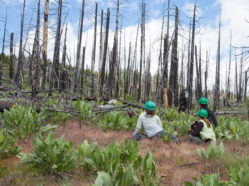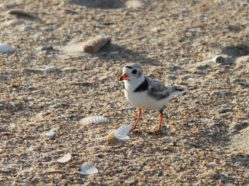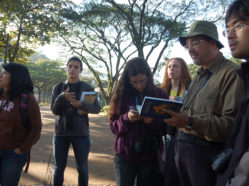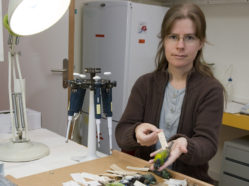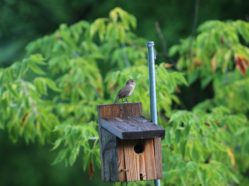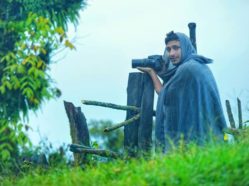Black-backed Woodpeckers & the Emerging Threat of Homogenous Forest Fires
It’s fire season again in northern California. In some parts of the state, the evenings will glow with those too-familiar burnt orange sunsets while residents keep a wary eye on the news.
